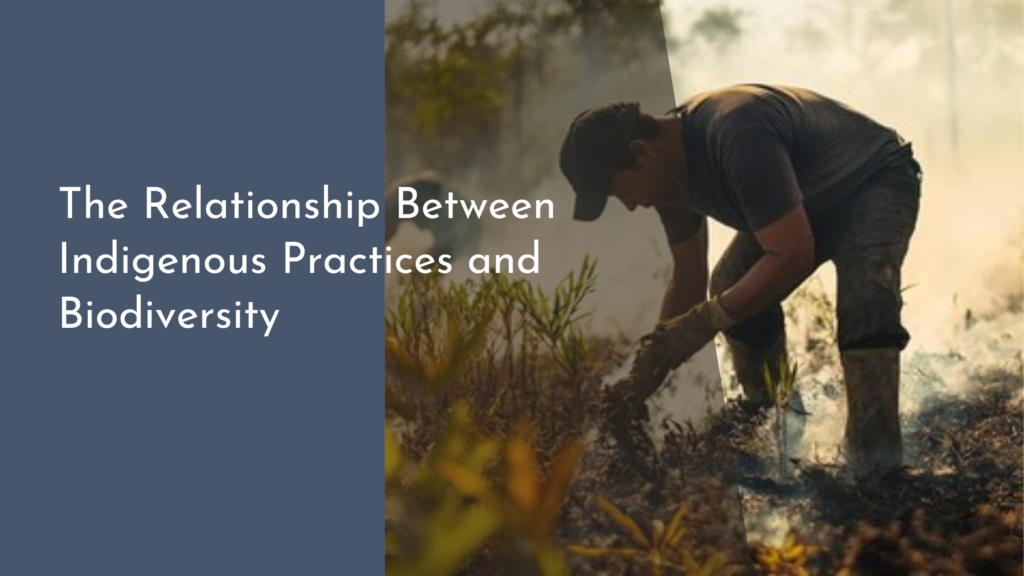Managing Resources Effectively in Permaculture
Permaculture is not just a gardening technique; it is a holistic approach to design that seeks to create sustainable and self-sufficient ecosystems. At its core, permaculture emphasizes the intelligent and ethical management of resources, ensuring that we work with nature rather than against it. By harnessing the gifts of the natural world, we can cultivate productive landscapes that yield food, beauty, and ecological harmony. This article explores effective strategies for managing resources within the framework of permaculture, highlighting the importance of efficiency, resilience, and community collaboration.
Embracing Nature’s Gifts: The Essence of Permaculture Resources
At the heart of permaculture lies the understanding that natural resources are abundant, yet finite. Embracing nature’s gifts means recognizing the myriad of elements available to us, from soil health and biodiversity to the sun’s energy and water cycles. Instead of relying solely on artificial inputs, permaculture encourages us to cultivate a deep appreciation for what the ecosystem naturally provides. This might involve planting native species that require less water and support local wildlife or utilizing natural fertilizers like green manures and mulch to enhance soil fertility.
Moreover, effective resource management in permaculture is about creating closed-loop systems that minimize waste. By observing and understanding the relationships between different components in an ecosystem, we can design gardens that recycle nutrients and energy. For example, integrating animal husbandry with plant cultivation can provide a symbiotic relationship where livestock contribute manure that fertilizes crops while also benefiting from the pasture. This interconnectedness not only promotes sustainability but also leads to a more vibrant and resilient landscape.
Smart Strategies for Efficient Resource Management in Gardens
Efficient resource management in permaculture gardens hinges on smart design and strategic planning. One of the most effective strategies is zoning, which involves organizing your garden layout based on the frequency of use and the needs of plants and animals. By placing high-maintenance plants close to the house and less demanding ones further away, you can minimize energy expenditure and streamline your gardening efforts. Additionally, incorporating permaculture principles such as companion planting can enhance plant health, deter pests, and maximize space.
Another smart strategy for resource management is the use of swales and contour planting. Swales are shallow, dug-out ditches that capture rainwater and promote infiltration, preventing erosion and improving soil moisture. By designing your garden with these features in mind, you can ensure that water is distributed effectively and that plants have access to the hydration they need to thrive. These techniques not only conserve water but also create microclimates that support diverse plant life. Ultimately, smart strategies in permaculture encourage a balance between productivity and sustainability.
Building Resilience: Composting and Water Conservation Tips
One of the cornerstones of permaculture is building resilience through composting and water conservation. Composting transforms organic waste into nutrient-rich soil amendments, enhancing the fertility of your garden while reducing landfill contributions. By creating a compost system, whether through a simple pile or a more organized bin, you can recycle kitchen scraps, yard waste, and other biodegradable materials back into your garden ecosystem. This not only improves soil health but also fosters a sense of stewardship over the resources you use.
Water conservation is equally vital in permaculture, particularly in areas facing drought or water scarcity. Techniques such as rainwater harvesting, where you collect and store rainwater from roofs for irrigation, can significantly reduce reliance on municipal water sources. Additionally, implementing drip irrigation systems allows for targeted watering, minimizing water waste and promoting healthy plant growth. By prioritizing these practices, gardeners can cultivate a resilient ecosystem that withstands environmental fluctuations while providing a steady yield.
Thriving Together: Community Resources in Permaculture Practices
Community plays a crucial role in the success of permaculture practices. By sharing resources, knowledge, and labor, we can create a supportive network that enhances our collective capabilities. Community gardens serve as excellent examples of this shared approach, where individuals come together to cultivate food, learn from one another, and foster connections. These communal spaces not only produce fresh produce but also strengthen bonds among neighbors, promoting a culture of cooperation and sustainability.
Additionally, resource sharing can extend beyond food production to include tools, seeds, and education. Creating a seed library or tool-sharing program can significantly reduce costs and increase accessibility for aspiring permaculturists. Workshops and community events can also serve as platforms for skill sharing, allowing individuals to learn about composting, water conservation, and organic gardening techniques. By thriving together, we not only enhance our individual practices but also contribute to the overall health and resilience of our communities.
In conclusion, effective resource management is an essential pillar of permaculture that enables us to build sustainable and self-sufficient ecosystems. By embracing nature’s gifts, employing smart strategies, and fostering community collaboration, we can create vibrant landscapes that yield food and promote ecological health. As we engage with our environment in thoughtful and innovative ways, we not only enhance our gardens but also contribute to a more sustainable future for all. Happy gardening!

